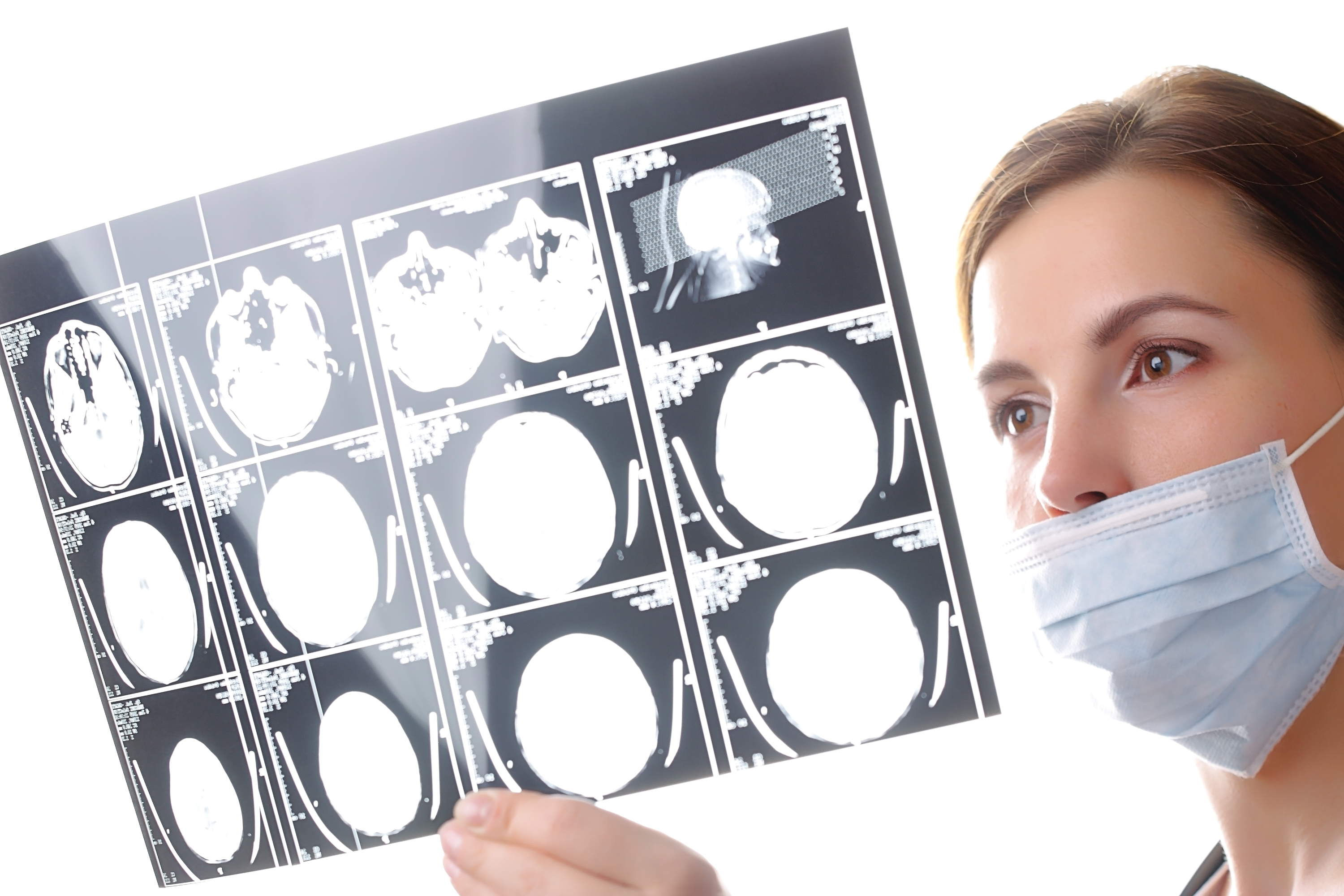How To Identify Cluster Headaches Before They Get You
When To Seek Help

According to researchers at the Mayo Clinic, headache pain is not usually associated with an underlying disease; however, they can indicate a serious medical condition such as a brain aneurysm or tumor. A person should seek treatment if they have a history of headaches or have noticed progressive changes in the pain. Emergency treatment is necessary when a headache accompanies nausea, vomiting, a stiff neck, seizures, confusion, numbness or difficulty speaking, which can indicate a stroke, meningitis or a brain tumor.
Diagnosis

Only a medical professional can diagnosis cluster headaches by assessing the patterns, location, severity, frequency, duration, and type of pain associated with the attacks. There are several methods used to diagnosis a cluster headache. A neurological exam may be done to access brain function such as reflexes, nerves, and senses. Image testing, such as a magnetic resonance imaging (MRI) or a computed tomography (CT) scan, may be needed to create detailed pictures of the brain to rule out a tumor or an aneurysm.
